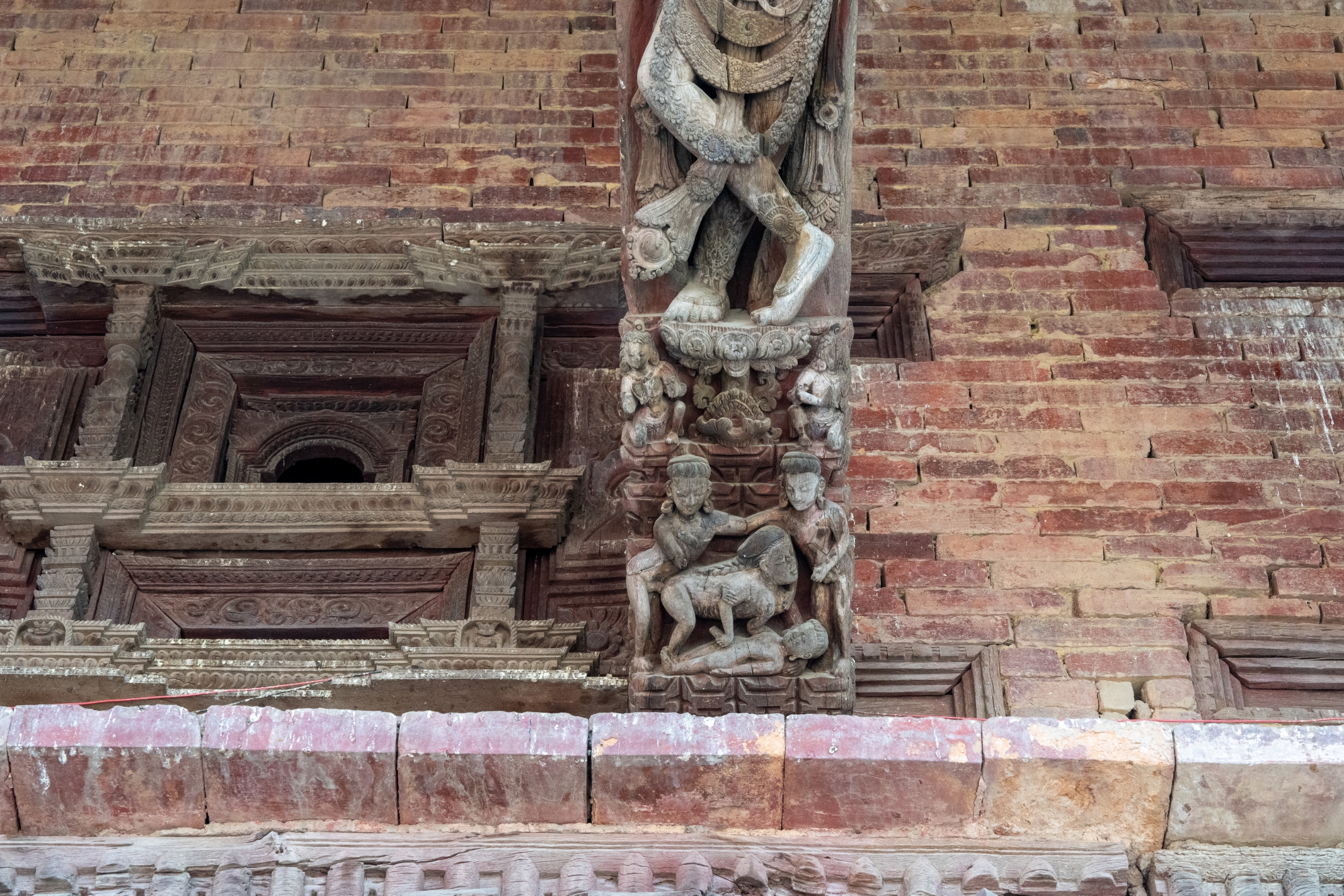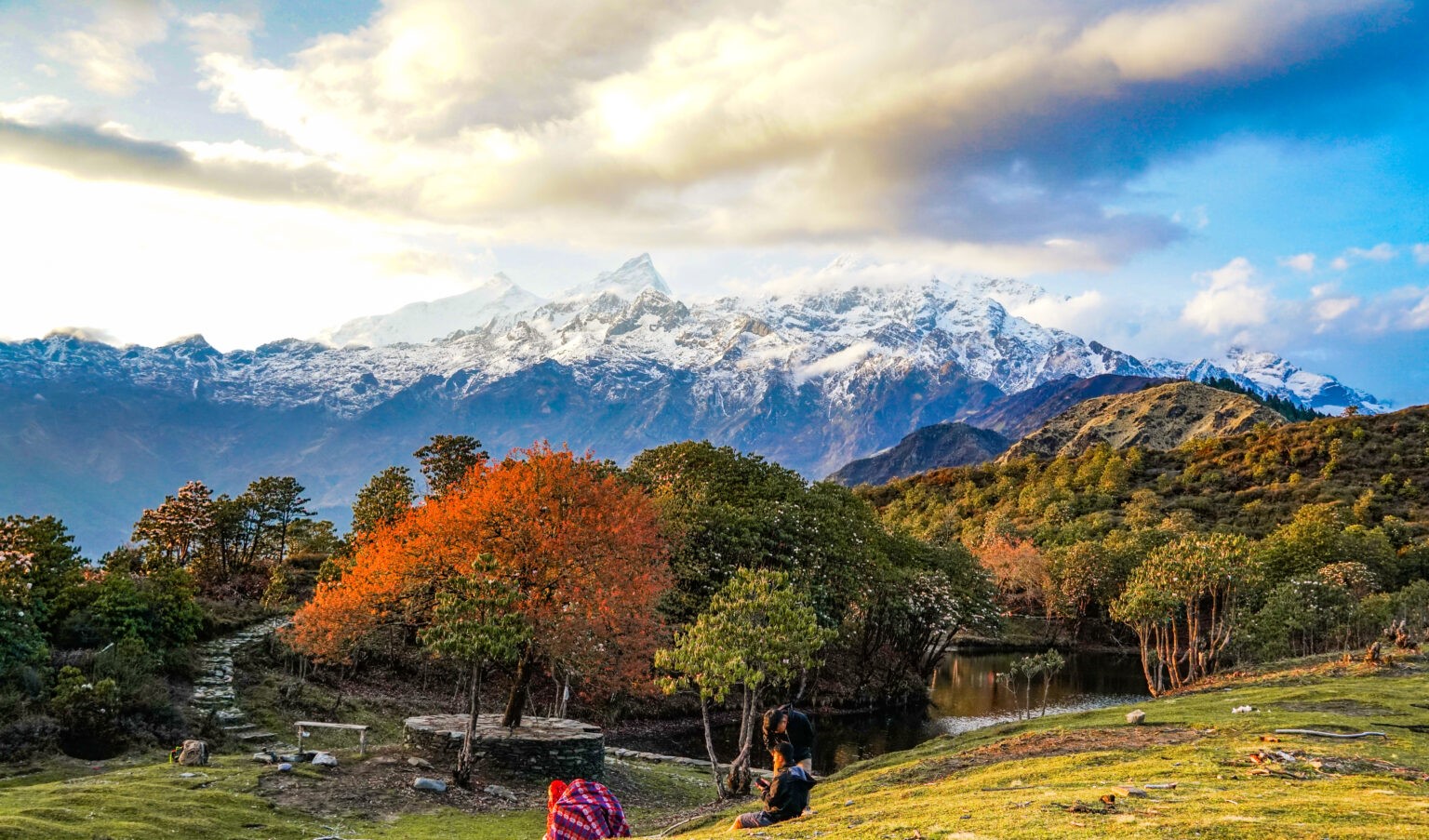
Indra Jatra festival in Nepal
Indra Jatra is one of the most important and colorful festivals celebrated in Nepal, especially in the Kathmandu Valley. It is steeped in ancient traditions and religious significance, primarily honoring Lord Indra, the god of rain and king of heaven in Hindu mythology. Here’s a detailed explanation of Indra Jatra, including its origins, celebration time, reasons for celebration, and how it is observed. This description includes SEO-friendly keywords for optimal search engine visibility.
Origins of Indra Jatra:
Indra Jatra began during the reign of King Gunakamadeva in the 10th century. The festival was initially created to celebrate the founding of Kathmandu city, and later, its religious and cultural elements evolved. The festival is deeply rooted in both Hinduism and Buddhism, reflecting the syncretic religious practices of Nepal. One legend behind Indra Jatra suggests that Lord Indra, disguised as a common man, descended to the Kathmandu Valley to gather parijat flowers for his mother. He was captured by the locals, not recognizing him as a god, which led to the festival after his eventual release.
When is Indra Jatra Celebrated?
Indra Jatra festival is celebrated every year in September according to the lunar calendar, usually falling in the month of Bhadra. The eight-day-long festival marks the beginning of the festive season in Nepal, coinciding with the end of the monsoon season. The dates fluctuate each year, aligning with the Nepali calendar, but it typically occurs in mid-September.
Why is Indra Jatra Celebrated?
Indra Jatra is celebrated to honor Lord Indra, who is believed to be responsible for providing rain for crops and ensuring good harvests. For the Newar community, Indra Jatra also represents a time to remember the deceased, as they believe that Indra grants passage to the afterlife. Additionally, it is a way to give thanks to the gods for the successful end of the monsoon and the beginning of the harvest season. For Buddhists, the festival symbolizes compassion, as Avalokiteshvara, the Bodhisattva of compassion, is also revered during this time.
How is Indra Jatra Celebrated?
Indra Jatra is a vibrant and dynamic festival involving both religious rituals and cultural performances. Here’s a breakdown of the main events during the festival:
Raising of the Yosin or Linga Pole: The festival officially begins with the erection of a tall ceremonial pole called the Yosin or Indra Dhwaja in Kathmandu’s Basantapur Durbar Square. This wooden pole, often made from pine, symbolizes Indra’s victory over evil forces and his descent to earth.
Kumari Jatra – Procession of the Living Goddess: One of the highlights of Indra Jatra is the chariot procession of Kumari, the living goddess. Kumari, who is considered the embodiment of the goddess Taleju, is paraded through the streets in a beautifully decorated chariot. Thousands gather to witness this auspicious event, and offerings are made to Kumari to ensure prosperity and protection for the coming year.
Masked Dances (Lakhey Dance): During the festival, there are numerous cultural performances, including the Lakhey dance, where dancers don masks and colorful costumes. The Lakhey, a mythological demon, is said to protect the city, and this dance symbolizes the battle between good and evil. The masked dances are accompanied by traditional Newar music, with large drums and cymbals adding to the festive atmosphere.
pulu Kisi (Elephant Dance): Another important aspect of Indra Jatra is the Pulu Kisi dance, where a performer in an elephant costume roams through the streets, symbolizing the elephant that Lord Indra rode during his quest for flowers. The dance is both humorous and entertaining, attracting large crowds.
Honoring the Deceased: On the final day of Indra Jatra, the Newar people remember their deceased loved ones. They light butter lamps and make offerings at shrines around the city. It is believed that the souls of the departed ascend to heaven with Indra, and the festival ensures a peaceful passage for them.
Singing and Feasting: The festival is also a time for community gatherings, with people singing traditional Newari hymns and sharing festive foods such as Samay Baji (a traditional Newari platter) and other delicacies. Temporary markets are set up, adding to the festive atmosphere.
Indra Jatra is not only a festival of religious significance but also a celebration of the rich cultural heritage of Nepal. With its chariot processions, masked dances, and community rituals, the festival brings together people from all walks of life to celebrate the unity and diversity of the Newar community and the broader Nepali society. Visitors from around the world flock to Kathmandu during Indra Jatra to witness these unique celebrations, making it a major tourist attraction as well.


.png)

.webp)



Comments